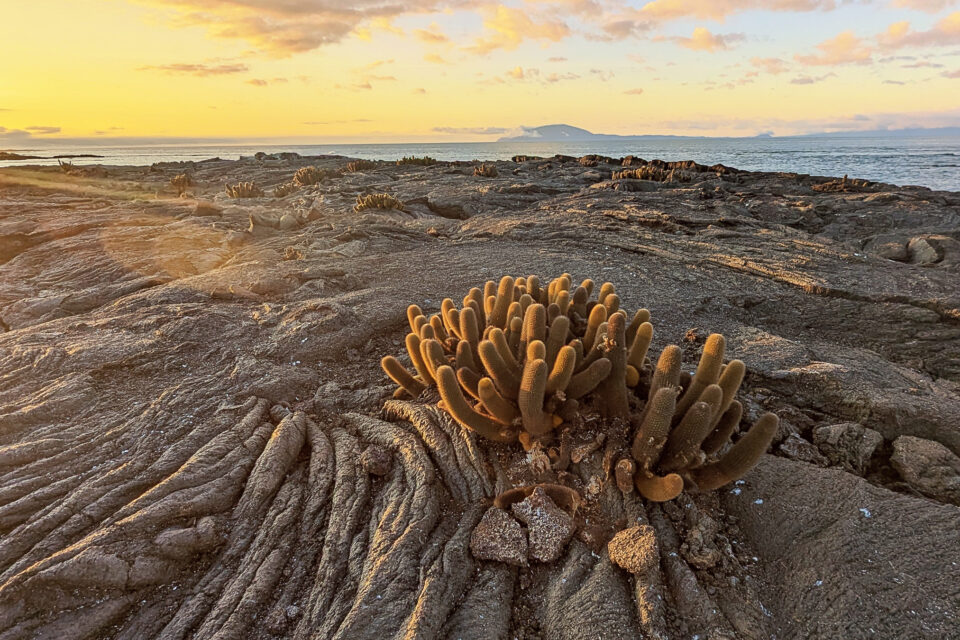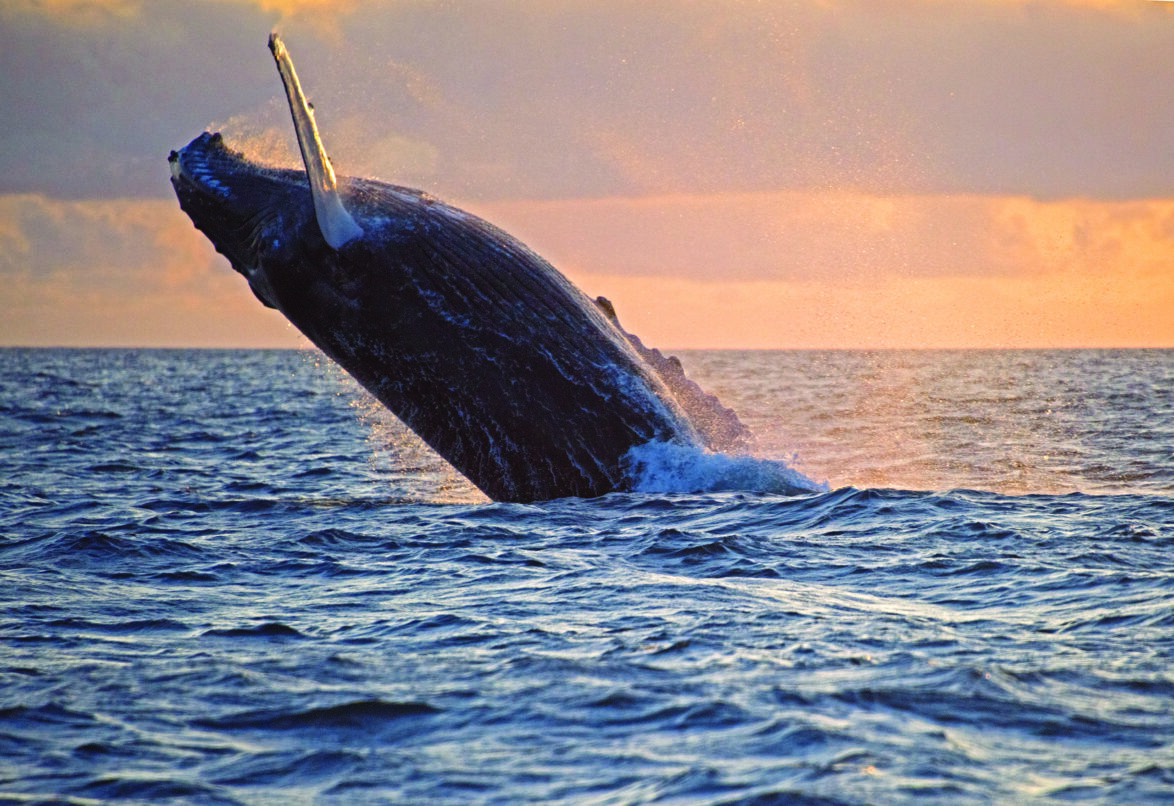
What is climate change?
Climate change is the alteration of global weather patterns, leading to an increase in sea and land temperatures.
Global warming results from the loss of natural temperature regulators of the planet such as ice sheets reflecting hot sun back into the atmosphere and fewer forests to filter the air. These factors result in the increased presence of greenhouse gases. This irregularity in temperatures causes irreversible damage to almost all aspects of the natural world, altering population numbers of many species of animal and plant.
Climate change is probably the single biggest threat facing the world’s biodiversity. If humans continue to live as we do today, rising temperatures and more frequent extreme weather events will cause widespread extinction. Whilst most policies created by world leaders focus on the crucial goal of reducing greenhouse gas emissions, we must also protect the natural ecosystem services that are already combatting climate change, including carbon sequestration by marine wildlife (known as ‘blue carbon’).

Climate change in the Galapagos Islands
El Niño is a natural climate phenomenon which occurs approximately every seven years, involving the cycle of warm and cold temperatures. The Galapagos Islands are situated at the confluence of major ocean currents – the cool Humboldt Current from the south, the warm Panama current from the north and the cold upwelling Cromwell current, which surfaces to the west of the Archipelago. They are also home to a large number of endemic marine species. Changes in ocean temperature, even if only slight, can have devastating effects on the wildlife populations in Galapagos.
El Niño affects the marine life of Galapagos in a powerful way, as it changes population numbers of almost all species in Galapagos in a short space of time. The slowing of the Humboldt current means the sea temperatures rise, reducing the growth rate and the abundance of algae and seaweed, the staple food source for many sea creatures, particularly the marine iguanas. While some species are able to migrate away from the Islands to find food, others cannot. Species like the flightless cormorant and the Galapagos penguin struggle to find food. Not only are they threatened by starvation, but they also stop reproducing. Climate change will also inevitably impact Galapagos’ communities, their livelihoods and the productivity of Ecuador’s commercial fisheries.

Monitoring climate change
The monitoring of climate change within Galapagos is extensive, with teams of scientists and researchers from all over the globe measuring and tracking weather patterns and animal behaviour.
Improving our understanding of the true impacts of both long-term climate change and short-term changes from El Niño events on these vulnerable species and their ecosystems is critical for informing future conservation management. Looking to the future, continued climate change is predicted to affect El Niño frequency and strength, meaning that this could contribute towards the extinction of several species. Our ability to track and monitor these effects is paramount.
It is of vital importance to GCT that we reduce the destructive impact of climate change on the Islands’ unique and vulnerable species whilst building climate resilience and supporting sustainable livelihoods in Galapagos.

Help the wildlife of Galapagos survive and thrive
There are many ways to support our vision for a sustainable Galapagos: why not adopt an animal, become a GCT member or donate today?
Find out more about climate change...


Climate change and plastic pollution: the inextricable link

Santa Cruz: The Evolution of the Agricultural Zone



